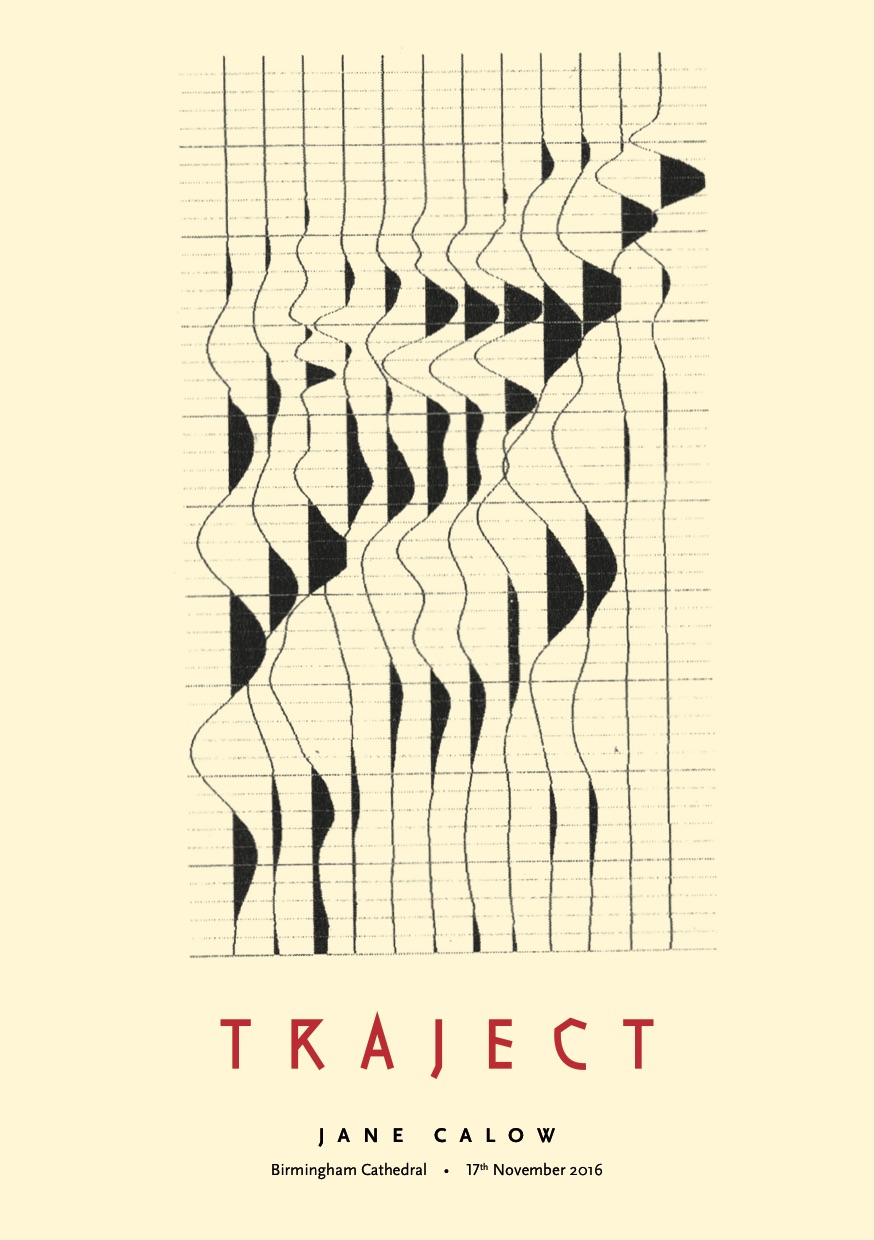
Traject and Seismus
I collaborated with Artist Jane Calow to realise her artwork Traject in 2003. My brief was to compose a series of solo cello pieces based on seismic data. I collaborated with my father, Professor Chris Hinde, who is a computer scientist researching Artificial Intelligence at Loughborough University of Science and Technology. Chris programmed a bespoke piece of software called ‘Seismus’ for me to use as a tool. Seismus opened up the possibility for me to compose music in a completely new way.
There are many ways to use data to create music. Early on in the project, we chose not to do a direct mapping of data into ‘notes’, but to aim for a more complex method where the seismic data could interact with and influence a composed ‘open’ system that would then shift and change via the fluctuations of the seismic data. This presented plenty of scope for creatively composing, and led to what could be considered ‘musical’ results in the context of Western classical music. Read more about Jane’s piece ‘Traject‘ here, and I will explain more about the composing of the music below which was created in conjunction with how Chris developed the software.
Seismus worked so I could compose musical ‘motifs’ by creating a series of flexible ‘modules’, like multiple open scores nested within each other. These are referred to as ‘nets’ within the context of computer programming. Within these nets I could define certain characteristics such as duration, pitch, and key but not necessarily in a definitive manner, but, instead, relative to other parts of the net, other nets and the overall nested score. The relationships between the nets and their component parts could compile an outcome by sending data through them, to produce scored music. This meant I could compose nine different solo cello pieces where I had control over the aesthetic characteristics by how I constructed the component parts of the nets, yet the score was influenced, shaped and moulded by the seismic data. I further shaped the results by phrasing, articulation and selection (I didn’t use all the material). It was a fascinating process, because I had aimed to achieve results that were inherently recognisable as ‘musical’ within the frame work of western classical music, yet I also wanted to ensure the data played its part in the process of shaping these flexible and open scored compositions. This was made possible by the software Seismus by Professor Chris Hinde.
I’ve been interested in composing with open scores, to generate compositions that have flexible outcomes, for a long time, (and continue to be) which relates to my experiences working closely with CoMA – as a regional coordinator (1995 to 2000). Here are a couple of screen shots of the Seismus software showing 2 ‘nets’, (the second one is nested within the first) followed by a couple of pages from different parts of the score, and some information about a performance in Birmingham Cathedral in 2016.






Header image © Jane Calow